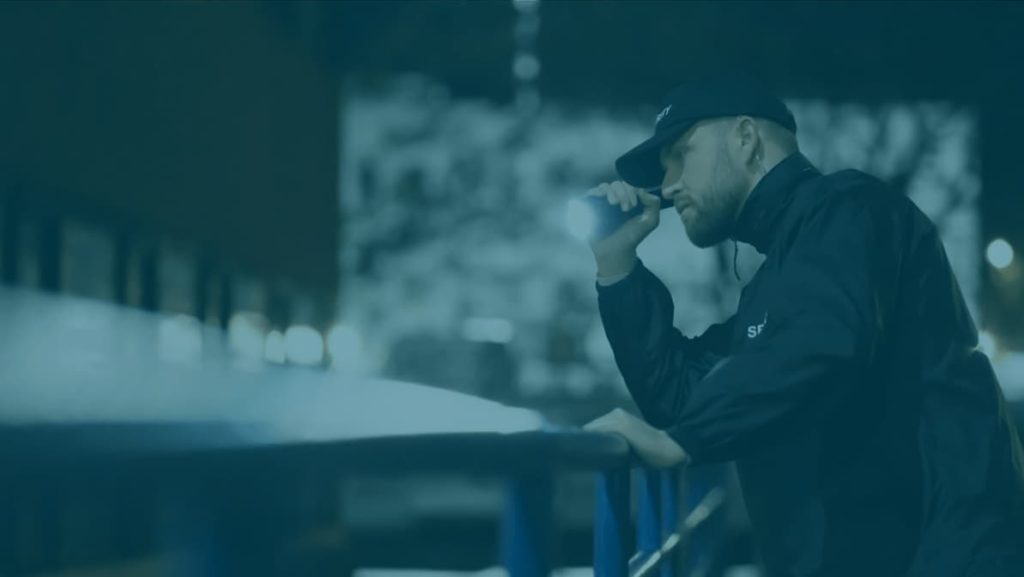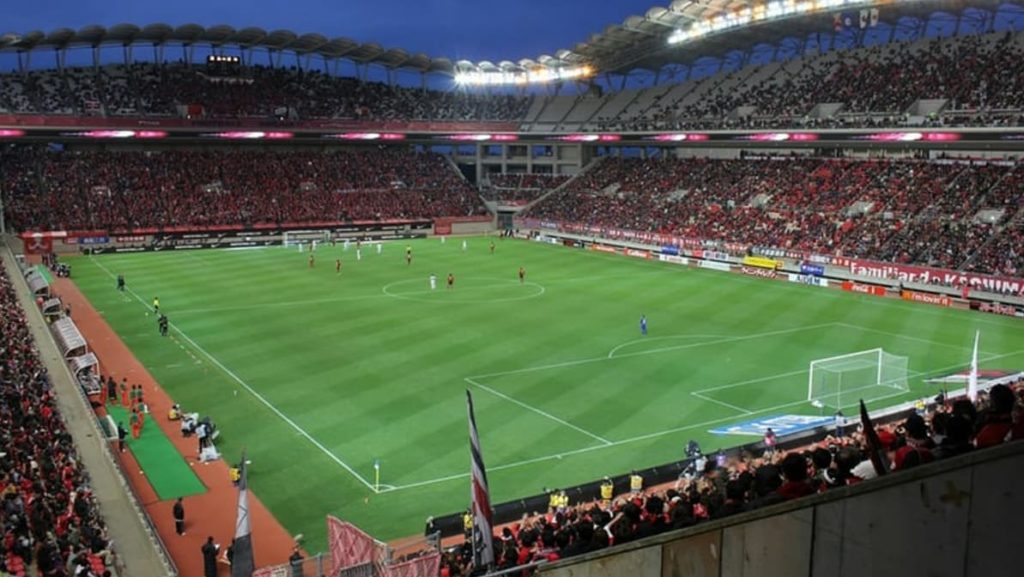When it comes to physical security guard management, the new normal has dictated how security companies must adapt, impacting the need for clear visibility, streamlined operations, and general oversight on guard tasks and sites. GPS technology has helped in all of that.
>> What is GPS? How do security companies use it to track guard performance?
Here are three ways security guard companies use GPS technology to better manage a remote-first guard force.
Remote Supervision of All Sites
Whether a company manages local or global sites, the biggest challenge has been ensuring all sites, regardless of their location, establish equal attention to security, as determined in the client contract and general SOPs.
Remote supervision can mean many things; for security guard companies, visibility is key. This has meant the ability to visualize sites managed, the guards on shift, a list of anticipated visitors, and all of the general day-to-day processes of managing a site’s security.
GPS technology gives supervisors real-time feedback on where guards are in proximity to the checkpoints on a tour. This helps determine whether a guard missed a checkpoint plus and the route of a guard’s tour in proximity to other guard tour routes — something especially useful if there is one or more guards on site.
Knowing a guard’s GPS enabled device helps supervisors dispatch the nearest guard or guards during emergencies, ensuring the ability to maintain constant supervision during the most critical events.
Lone Worker Protection and Solitary Guard Visibility
Lone Worker Protection (LWP) is a feature specific to comprehensive security workforce management. With LWP, supervisors can track, supervise, and communicate with remote lone Workers at all times.
With the help of GPS to track a guard’s exact location and the addition of lone worker safety solutions, like tilt detection, manual panic alarm and true fall detection, and a danger zone timer, supervisors are always connected to a guard’s safety status.
Automatically sense when a guard has fallen with mobile tilt detection or man down protection
Always know your guard’s exact location
Guard Visibility While on a Remote Shift or Patrol
While remote supervision aids in improving the safety and security of a security guard company’s workforce, a guard’s GPS location also provides proof that a guard is indeed stationed at a post or patrolling a tour.
When coupled with a command center, a guard’s GPS enabled device will show the route of a guard’s tour and will also provide historical information on scanned checkpoints.
If a guard is not at their scheduled post, supervisors can establish Geofencing which uses boundaries around areas where a guard should be. When a guard is not within the boundary, supervisors will receive an alert.
What Security Companies Can Do Now to Benefit from Using GPS Technology
GPS gives supervisors real-time feedback on where guards are while also remotely tracking, visualizing, and controlling guard activity and actions. Plus, security guard companies can use GPS tracking to justify their guard’s work.
As remote supervision is an important factor in security guard operations, only a system made for security companies can accomplish just that.



